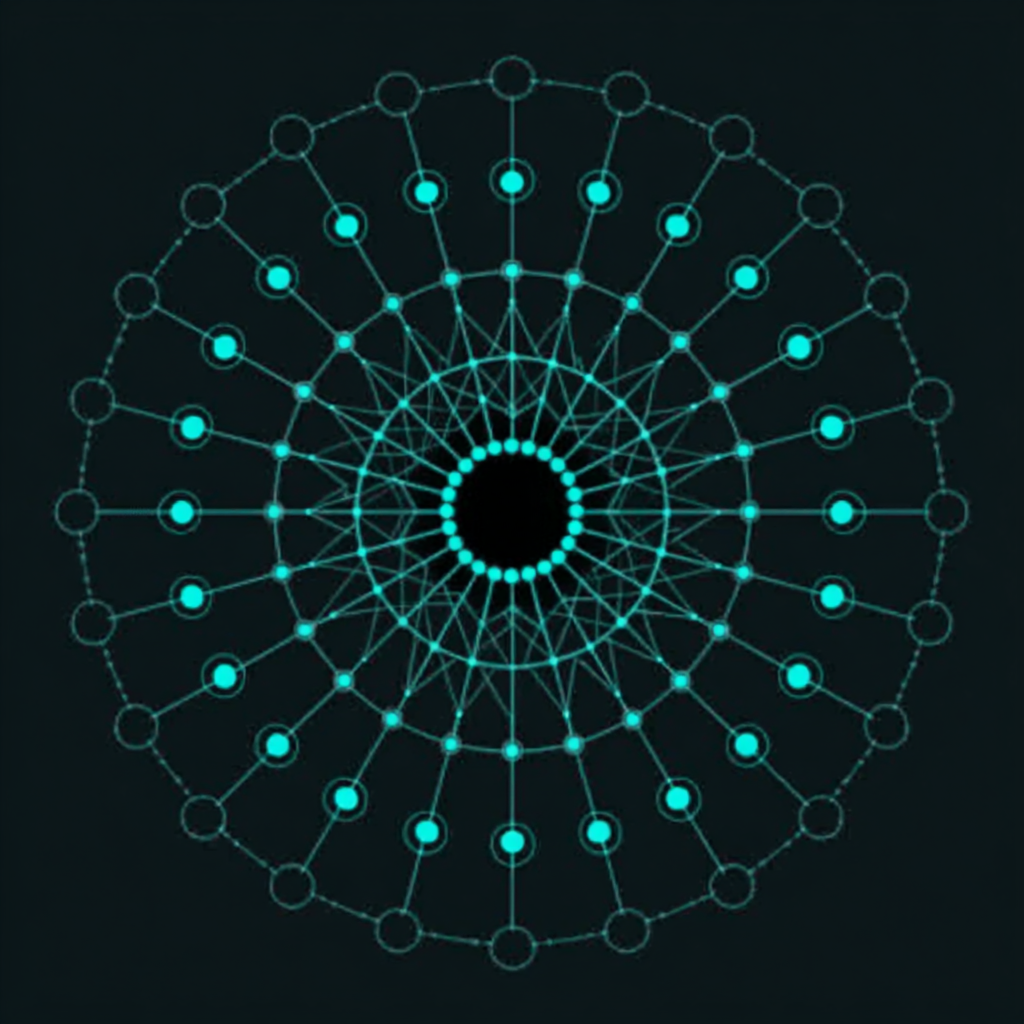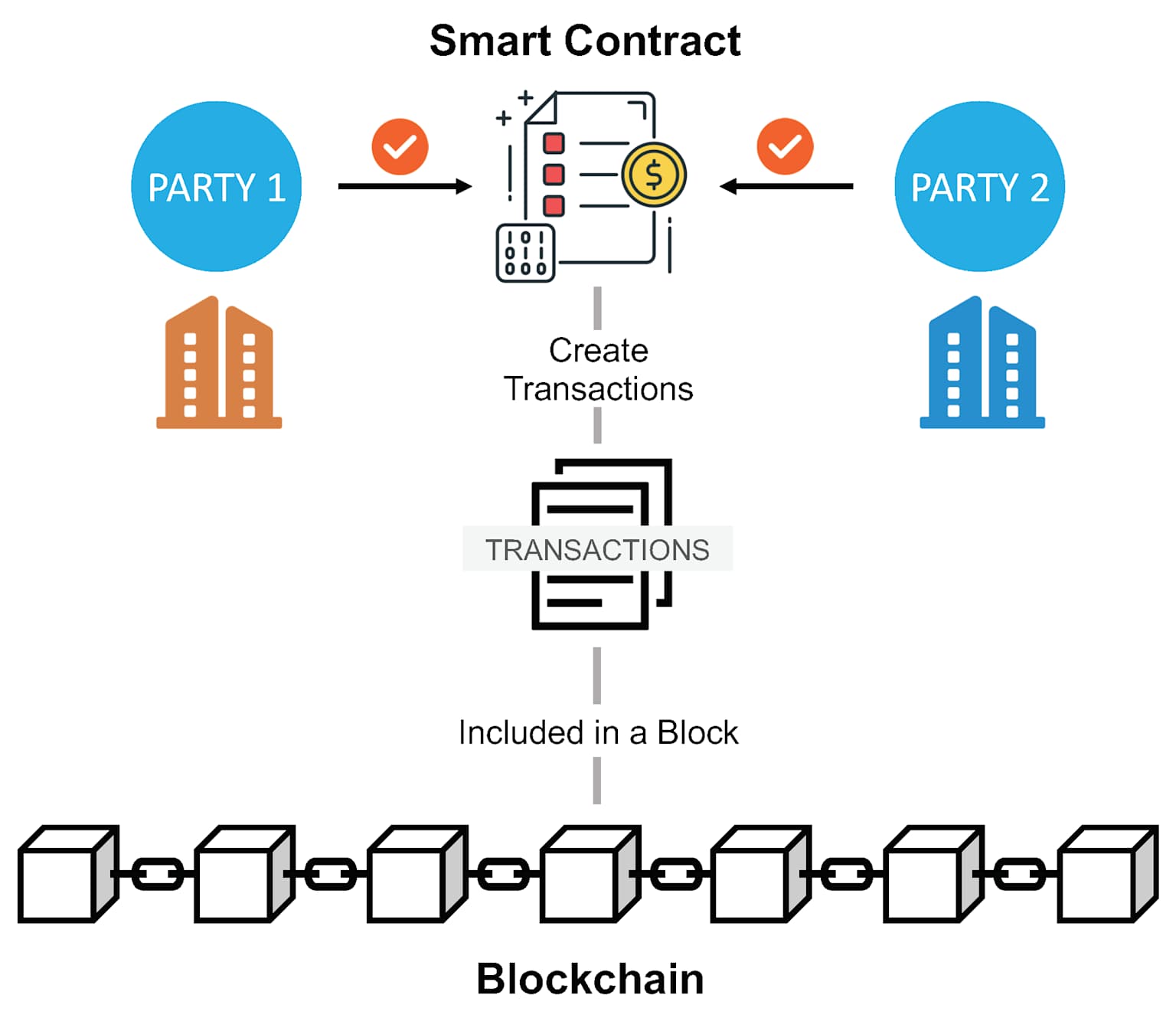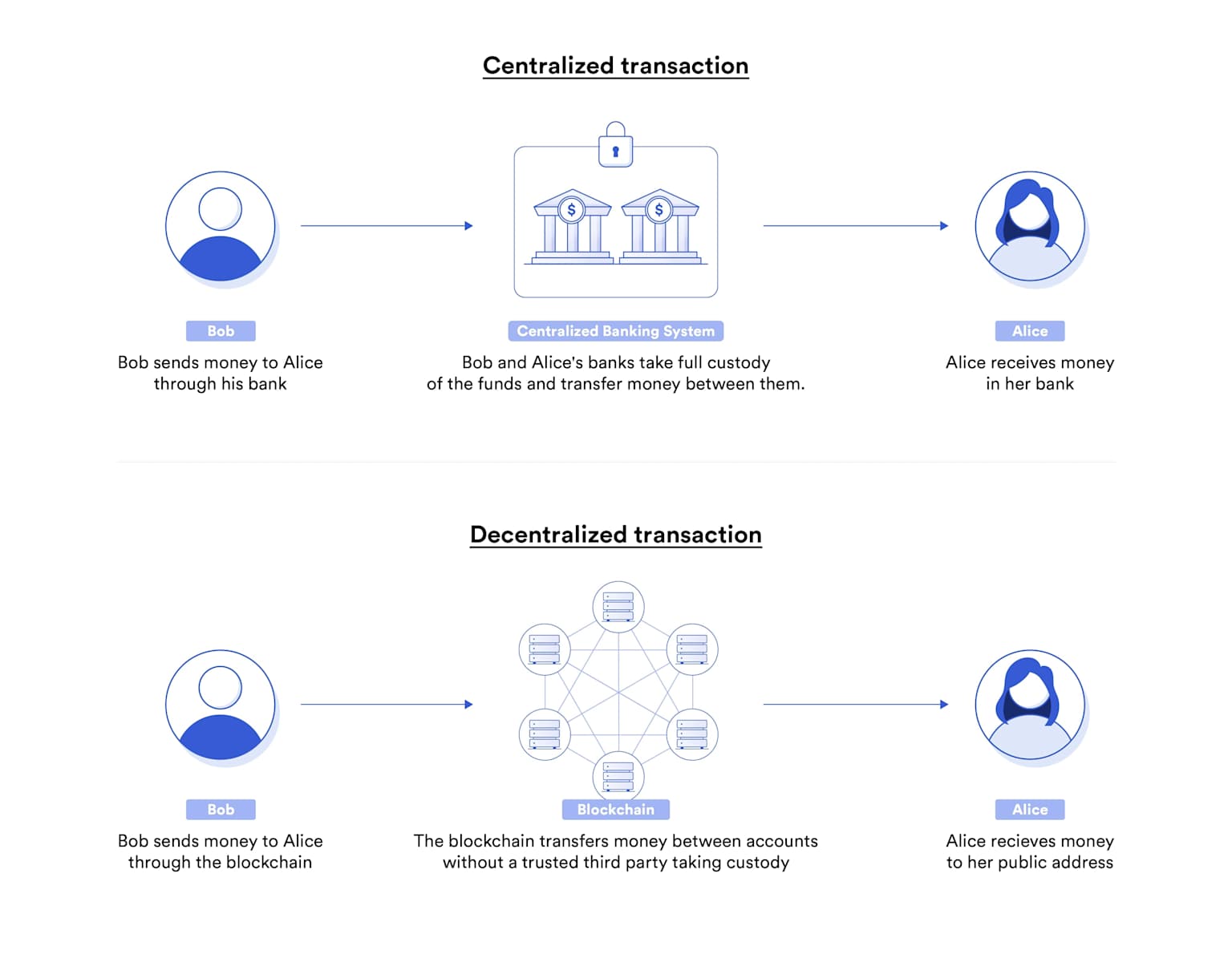Drosera Network: Ethereum's Decentralized Security Protocol

Drosera represents a groundbreaking approach to blockchain security, positioning itself as Ethereum's "immune system" through its decentralized incident response protocol . The protocol has secured $4.75 million in total funding and is preparing for a Q2 2025 mainnet launch, with over 25 protocols already committed to its testnet infrastructure . Drosera addresses the critical security vulnerabilities that have plagued the DeFi ecosystem, where nearly $80 billion has been lost to exploits since 2014, by providing real-time automated threat detection and mitigation capabilities.
Drosera Network: Technical Analysis & Protocol Overview
Executive Summary
Drosera is a decentralized incident response protocol that functions as Ethereum's "immune system," providing automated threat detection and mitigation capabilities for DeFi protocols. With $4.75M in total funding and a planned Q2 2025 mainnet launch, Drosera represents a paradigm shift from reactive to proactive blockchain security.
Core Technology Architecture
Traps System
- Smart Contracts: Off-chain monitoring contracts that remain hidden from potential attackers
- Data Collection: Continuous gathering of on-chain data for analysis
- Condition Detection: Programmable logic to identify security threats and anomalies
- Response Triggers: Automated execution of countermeasures when threats are detected
Operator Network
- Decentralized Execution: Network of independent nodes running Drosera client software
- Permissionless Participation: Anyone can become an operator by staking and opting into Traps
- Economic Incentives: Operators earn rewards for successful threat detection and response
- 24/7 Monitoring: Continuous blockchain monitoring and analysis
EigenLayer Integration
- Actively Validated Service (AVS): Leverages EigenLayer's restaking mechanism
- Shared Security: Uses restaked ETH to provide economic security guarantees
- Validator Alignment: Utilizes existing Ethereum validator infrastructure
Market Context & Problem Statement
DeFi Exploit Landscape
- 2024 Losses: $474M in DeFi exploits (40% decrease from 2023)
- Historical Impact: Nearly $80B lost to exploits since 2014
- Detection Efficacy: Drosera aims for 90% exploit detection and mitigation
- Response Time: Real-time automated responses vs traditional post-incident reactions
Security Gap Analysis
- Traditional Audits: Static, pre-deployment only
- Bug Bounties: Reactive, post-exploit rewards
- Centralized Monitoring: Single points of failure
- Drosera Solution: Decentralized, real-time, automated response
Funding & Partnerships
Investment Rounds
- Pre-Seed (Feb 2024): $1.5M led by Anagram
- Seed (Feb 2025): $3.25M led by Greenfield Capital
- Total Raised: $4.75M
Strategic Partners
- Protocol Partners: 25+ protocols committed to testnet including Ion Protocol, EtherFi, Gravita
- Node Operators: Infstones, Everstake, Cosmostation, a41, Blockscape
- Security Partners: GoPlus integration
Technical Implementation
Development Status
- Current Phase: Testnet on Holesky
- Mainnet Launch: Q2 2025
- Developer Tools: Foundry integration, Solidity-based Trap creation
- Documentation: Comprehensive developer guides and examples
Key Features
- Zero-Knowledge Proofs: Verifiable off-chain computation
- Composability: Integration with existing Ethereum tooling
- Terraform-inspired CLI: Developer-friendly deployment tools
- LibP2P Networking: Decentralized peer-to-peer communication
Competitive Advantages
Innovation Factors
- Proactive Detection: Real-time monitoring vs reactive security
- Hidden Traps: Off-chain security logic invisible to attackers
- Economic Alignment: Incentivized response mechanisms
- Ethereum Native: Built specifically for EVM ecosystems
- Decentralized Response: No single points of failure
Use Cases
- DeFi Protocol Security: Automated pause mechanisms and exploit mitigation
- Governance Protection: DAO security and proposal monitoring
- Cross-chain Bridge Security: Multi-chain asset protection
- Token Security: Liquidity and market manipulation detection
Future Roadmap
Near-term Goals (2025)
- Mainnet launch (Q2 2025)
- Expansion to other EVM-compatible chains
- Community growth and developer adoption
Long-term Vision
- Industry standard for DeFi security
- Comprehensive Web3 security ecosystem
- Global network of security operators
Protocol Architecture and Technical Innovation
The Traps System
Drosera's core innovation lies in its "Traps" system, which consists of smart contracts designed to monitor blockchain activity and respond to security threats . These Traps operate as off-chain monitoring contracts that remain hidden from potential attackers, collecting on-chain data and performing analysis to detect anomalous conditions . The system enables protocols to define custom security parameters using Solidity-based smart contracts, which can trigger automated responses when specific threat conditions are met.

The Traps architecture includes both on-chain and off-chain components, with the off-chain element performing data collection and analysis while the on-chain component manages configuration and response execution . This hybrid approach ensures that security logic remains concealed from attackers while maintaining the transparency and verifiability required for decentralized systems .
Operator Network and Decentralized Response
The protocol operates through a decentralized network of operators who run specialized client software to execute Traps and perform response actions . These operators must opt into specific Traps to gain permission to execute them, creating a permissionless but accountable system for security monitoring . Operators earn rewards for successful threat detection and response, aligning economic incentives with network security

The operator network provides 24/7 monitoring of Ethereum blockchain activity, evaluating new blocks against predefined security conditions . When threats are detected, operators can execute immediate on-chain responses such as pausing contract functions or triggering emergency procedures .
EigenLayer Integration
Drosera leverages EigenLayer's restaking mechanism as an Actively Validated Service (AVS), enabling the protocol to utilize Ethereum's existing validator infrastructure for enhanced security . This integration allows restaked ETH to provide economic security guarantees for the Drosera network, creating additional layers of cryptoeconomic protection . The protocol was among the first AVS projects to build on EigenLayer, demonstrating early adoption of this innovative security model.

Market Context and DeFi Security Landscape
Declining Exploit Losses and Security Improvements
The DeFi security landscape has shown significant improvement in recent years, with exploit losses declining from $787 million in 2023 to $474 million in 2024, representing a 40% decrease . Cross-chain bridge attacks, historically a major vulnerability, have decreased dramatically from $1.89 billion in 2022 to just $114 million in 2024 . Despite these improvements, the total cryptocurrency losses in 2024 still reached $2.2 billion across 303 individual hacking incidents, highlighting the ongoing need for enhanced security measures.
Traditional Security Approaches and Their Limitations
Current security approaches in DeFi suffer from significant limitations that Drosera aims to address . Traditional security audits provide only static, pre-deployment code review without runtime protection, while bug bounties operate reactively after exploits have already occurred . Centralized monitoring systems, though capable of real-time detection, create single points of failure that undermine the decentralized nature of blockchain systems .

Investment and Strategic Partnerships
Funding Progression
Drosera has demonstrated strong investor confidence through two successful funding rounds totaling $4.75 million . The company raised $1.5 million in a pre-seed round in February 2024, led by Anagram with participation from Arrington Capital, UDHC, and other investors . In February 2025, Drosera completed a $3.25 million seed round led by Greenfield Capital, with continued support from Anagram, Paper Ventures, Arrington Capital, UDHC, and Pulsar.
Drosera has raised $4.75M total across two funding rounds, demonstrating growing investor confidence
Protocol and Infrastructure Partnerships
The network has secured partnerships with over 25 protocols committed to its testnet, including notable DeFi platforms such as Ion Protocol, EtherFi, and Gravita . Drosera has also established relationships with leading node operators including Infstones, Everstake, Cosmostation, a41, and Blockscape, ensuring robust infrastructure support for its decentralized network . Additionally, the protocol has formed a strategic partnership with security specialist GoPlus to enhance its threat detection capabilities .
Technical Implementation and Development Status
Current Development Phase
Drosera currently operates on the Holesky testnet, providing developers and protocols with the opportunity to test and integrate the security infrastructure before mainnet deployment . The protocol offers comprehensive developer tools including Foundry integration, Solidity-based Trap creation, and Terraform-inspired command-line interfaces . The development team has created extensive documentation and example repositories to facilitate adoption by developers and security auditors .
Advanced Features and Capabilities
The protocol incorporates several advanced features designed to enhance security and usability . Zero-knowledge proofs enable verifiable off-chain computation while maintaining privacy and security . The system provides infinite bandwidth for smart contracts through its decentralized infrastructure and supports asynchronous composability between off-chain compute and on-chain state . LibP2P networking enables decentralized peer-to-peer communication among operators, ensuring the network remains resilient and censorship-resistant .
Competitive Advantages and Use Cases
Innovation in Security Response
Drosera's approach represents a paradigm shift from reactive to proactive security measures in the blockchain space . The protocol's ability to hide security logic off-chain while maintaining transparency through cryptographic proofs provides a significant advantage over traditional monitoring systems . The economic alignment between protocols and operators creates sustainable incentives for continuous security monitoring and rapid response to threats .
Applications Across DeFi Ecosystem
The protocol supports a wide range of security applications including DeFi protocol protection, governance security, cross-chain bridge monitoring, and token security management . Drosera can detect various types of attacks including liquidity siphoning, state manipulation, and market manipulation, with an estimated 90% efficacy rate for exploit detection and mitigation . The system's flexibility allows for customized security parameters tailored to specific protocol requirements and risk profiles.
Future Outlook and Roadmap
Mainnet Launch and Expansion Plans
Drosera is preparing for its mainnet launch scheduled for Q2 2025, with plans to expand beyond Ethereum to other EVM-compatible chains. The protocol aims to become the industry standard for DeFi security by building a comprehensive Web3 security ecosystem supported by a global network of security operators . The team plans to use the recent funding to accelerate product development, expand the team, and prepare for the mainnet deployment .
Long-term Vision and Impact
The protocol's long-term vision encompasses creating a new economy of scale where protocols, operators, and restakers participate in a symbiotic security ecosystem . Drosera aims to significantly reduce the risk of exploits in the DeFi space, potentially preventing billions of dollars in losses while fostering greater trust and adoption of decentralized financial systems . As the protocol matures, it expects to play a crucial role in the evolution of blockchain security infrastructure and the broader adoption of decentralized finance .
